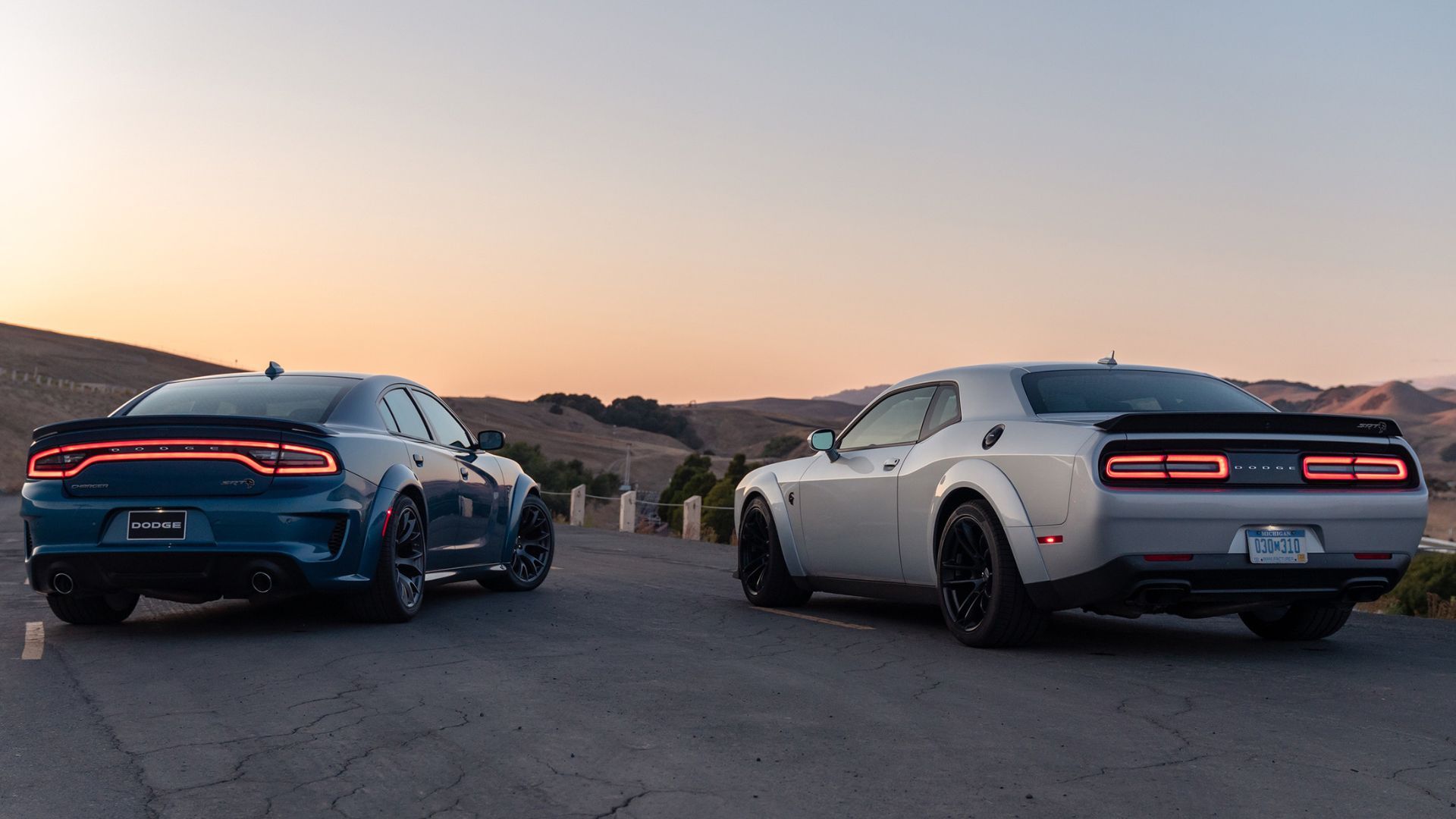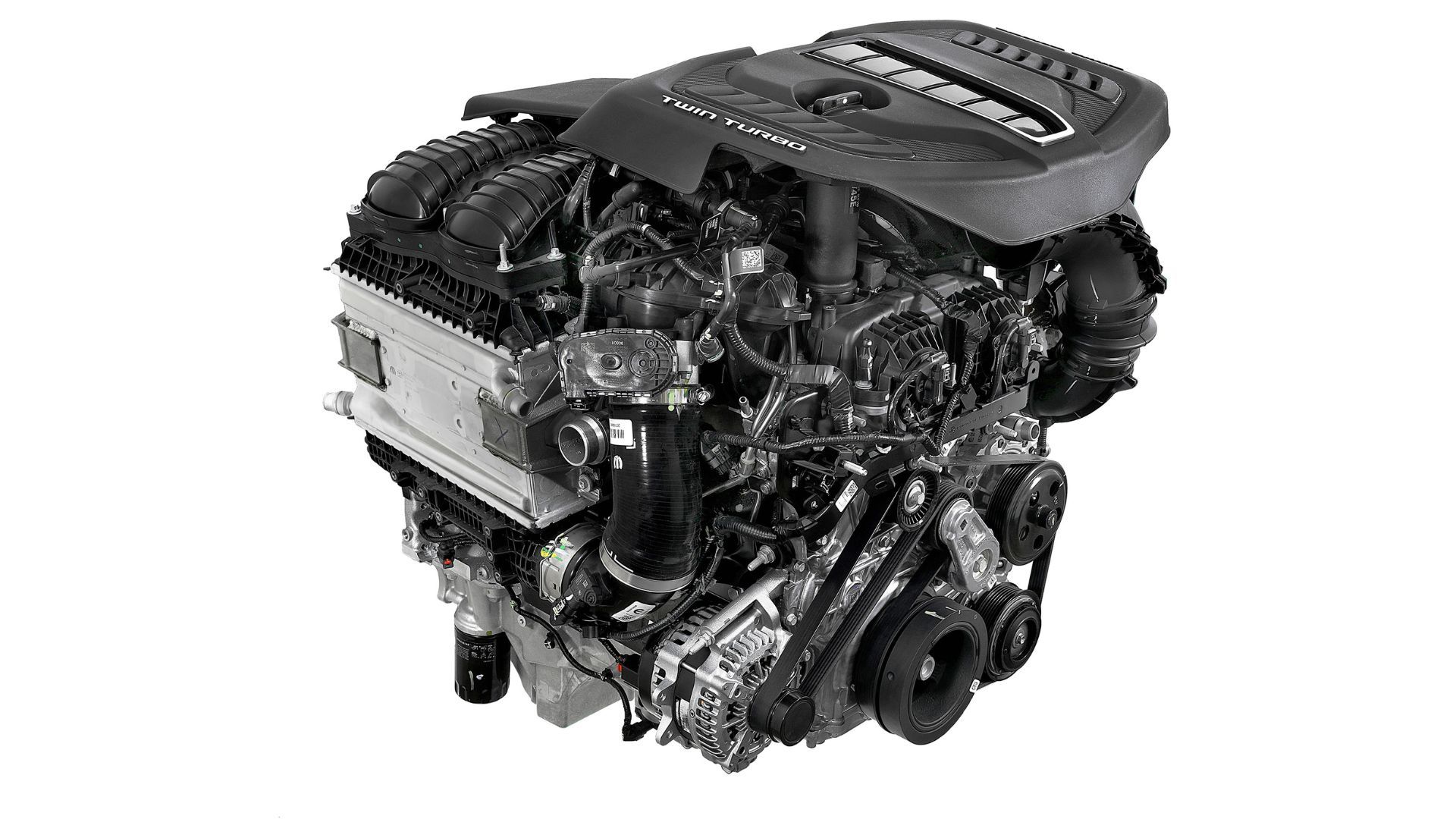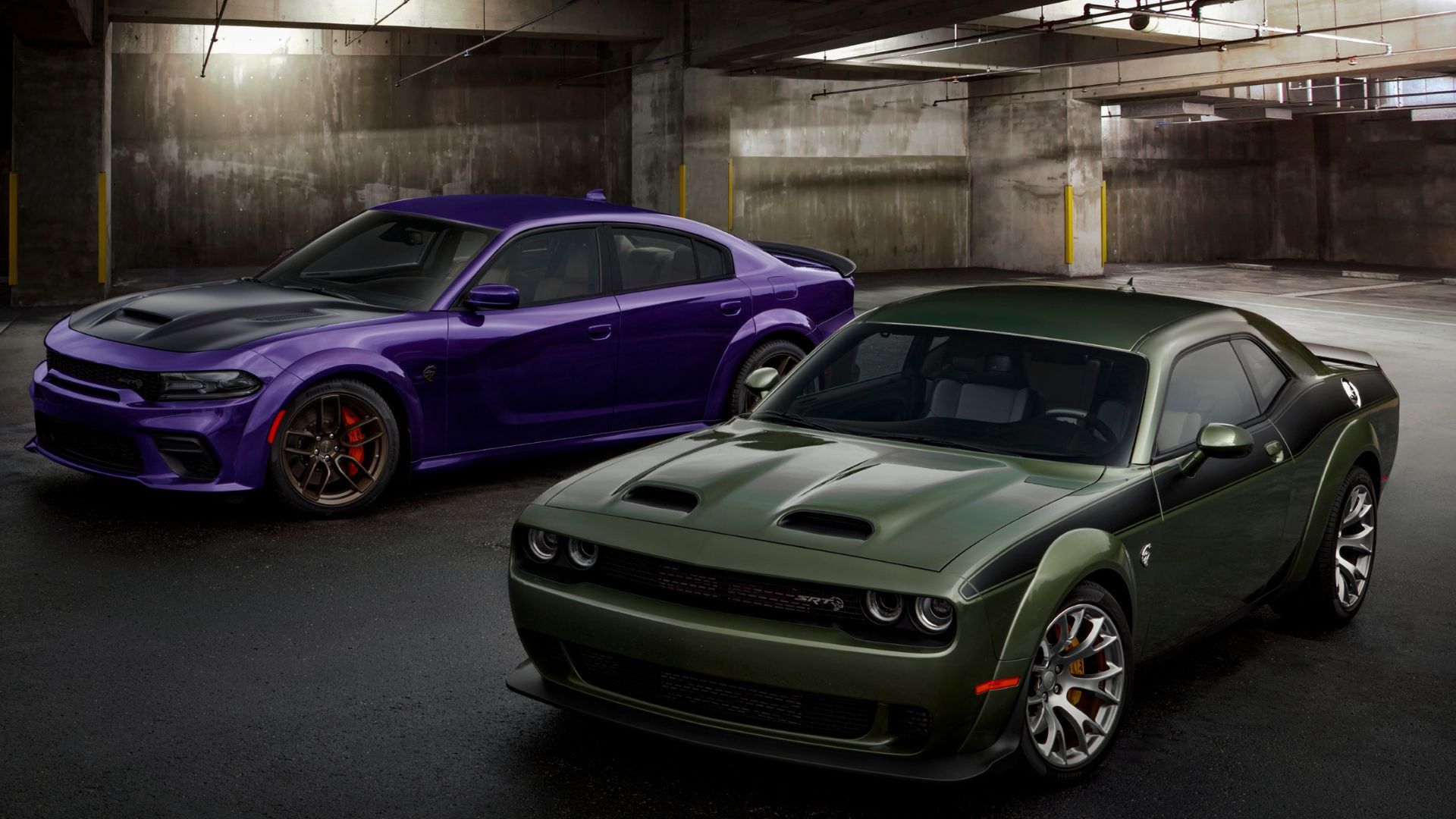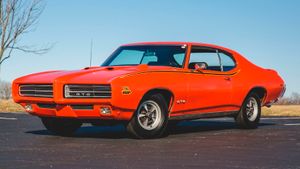But you can still kiss V8s goodbye…
Dodge sure has done a good job of getting media outlets to spread the news it’s killing gas engines for the next-gen Challenger and Charger. These shocking stories have been all over not just automotive pages but mainstream news outlets, getting all sorts of people worked up. But back on March 28 I predicted this wasn’t the real plan, that Dodge would instead throw the inline six-cylinder Hurricane engine into these so-called future muscle cars. Now it’s leaking out that’s exactly what Dodge will do.
Watch the latest Motorious Podcast here.
But Tim Kunikis, head of Dodge, has been telling automotive journalists the Mopar twins are going all electric, so people just accepted that as gospel truth. Thing is Timothy says a lot of things, just like most auto executives, and when Dodge’s PR department wasn’t echoing his wild declarations, I knew it was just hot air. That’s how this game is played, everyone.

Australian car website Drive claims to have seen internal documents from Stellantis, parent company of Dodge, which indicates the Hurricane six-cylinder engine will absolutely be used in the Dodge Charger and Challenger. But why would Kuniskis lie about such a thing?
I believe this has all been carefully crafted to get people worked up about the supposed shift to pure electrification, then to make them happy that gas engines aren’t going away after all. That might sound weird, but consider this: if Dodge simply announced it’s downgrading from Hemi V8s to inline-sixes, people would be mad and disappointed. This way Dodge can act like it’s some sort of hero. It’s brilliant, really.
Immediately after making this prediction back in March, I was told by those who know oh so much that inline six-cylinder engines are awesome, especially when paired with twin turbos. After all, BMW, Mercedes, and even Toyota have featured such a setup in their cars. I’m not here to say inline-sixes are awful, but the Hellcat engines are pushing over 700-horsepower. The most potent Hurricane, the one with twin turbos, delivers 510-hp – that’s a huge drop in power. There’s no comparison there.

What my critics seem to not grasp is real muscle cars have a V8, full stop. I know, I know, that means the Honda Accord V6 your one friend claims is a muscle car is really just a slightly more powerful commuter. That also means all the V6 Challengers, Chargers, Mustangs, and Camaros were never true muscle cars. Ditto for the turbo-four “muscle cars.” This is the death of American muscle, starting with the Mopars.
While Ford is supposed to be continuing the Coyote V8 in the next-gen Mustang we’re about to see, I wouldn’t celebrate too much. It wouldn’t surprise me one bit if the price of V8 models are jacked up and their numbers diminish. After all, Ford has to comply with the ever-tightening CAFE fleet standards it fought so hard to reinstate. Hope you like EcoBoost because it might be all you can afford in your future pony.

If it sounds like I’m gloating, I am. It’s amazing to me how many shoot the messenger because they don’t like the message. I don’t sit on the Stellantis board, I don’t make product development decisions. I didn’t beg the Biden Administration to save us from the weather by going back to CAFE like a dog returning to its vomit. Don’t hate me because I call an ace an ace. Get mad at Stellantis and while you’re at it give Ford, BMW, Volvo, and Honda a piece of your mind since those automakers have been at the forefront of sacrificing automotive performance on the altar of climate alarmism. If automakers said no and pushed back against this insanity, it would be over quickly. Instead, Tim Kuniskis and other auto executives play the game, throw up their hands, and say there’s nothing they can do once the government tells them how it’s going to be. You’re being played and the price is you can kiss V8s goodbye as you pay more for less power and eventually have to wait in an hours-long line to plug in your “muscle car” so you can drive another 200 miles on a road trip which used to take you a few hours and is now a two-day trek. Enjoy.
Source: Drive
Photos via Stellantis






